The specialized structures of living tissue that support the teeth are collectively called the periodontium, and a periodontist is a dentist who specializes in diagnosing, preventing, and treating diseases that compromise the health and integrity of the periodontium. The structures of the periodontium are the alveolar bone in the jaw, the periodontal ligaments that fasten the teeth in their sockets, and the cementum inner layer of the teeth that gives that tooth structure and protects its vital pulp. Because the periodontium is responsible for holding the teeth in place in the mouth, it’s important to keep the periodontium healthy if you want to keep your natural teeth.
Periodontal disease causes inflammation in the periodontal tissues in the jawbone and the gums, and this can lead to tooth loss if not addressed. When the teeth do fall out, or if they are too diseased to save and must be extracted, periodontists work with other members of a dental team to restore the oral cavity to health, with the goal of preserving as much natural structure and tissue as possible while preventing disease from spreading and continuing. To practice as a periodontist, a dentist must enroll in an additional three years of residency on top of their foundational schooling, and all reputable dentists continue to enroll in professional development workshops and seminars throughout their careers.
While most general dentists are trained to treat mild periodontal disease, when periodontal disease is severe or advanced, many dentists refer patients to a periodontist for more specialized cleaning and treatment. Periodontists are also important members of many dental implant teams, treating any existing periodontal disease to prepare the oral cavity for safe dental implants. Periodontists will clean diseased teeth and gum tissue with a treatment called scaling and root planing, which cleans infection from the surface of a tooth root, and they will also remove damaged tissue around and near the tooth root, using debridement tools and minor surgical techniques to keep infection from spreading and preventing further damage. While periodontal disease can usually be reversed when intercepted early, once it has progressed, the goal is to repair the periodontium and prevent future disease. Periodontists also help prepare the mouth for dental implants when natural teeth are lost to periodontal disease.
During a periodontal examination, your periodontist will review your complete dental and medical history. Because certain medical conditions, medications, and habits can affect the health of the periodontium, make sure to disclose everything to your periodontist. For example, patients who smoke or have poorly managed diabetes are more prone to periodontal disease and less equipped to fight it off when it does arise, and your periodontist can work with you to reduce risk and discuss strategies for long-term treatment and behavior modification. Your periodontist will assess your gum tissue, using a specialized tool to determine the depth of the areas between the teeth and gums and then using these measurements to assess the amount of damage that has already occurred and plan the appropriate treatment to restore health to the periodontium and the oral cavity.
